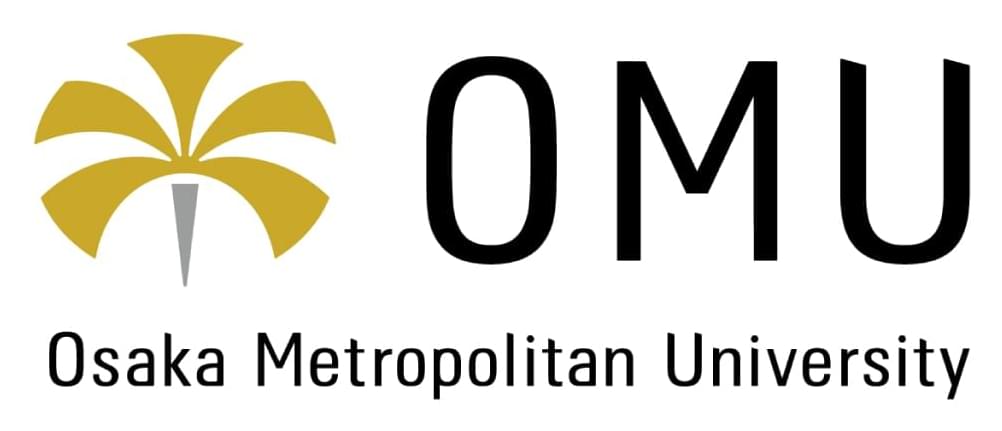We’re on a journey to advance and democratize artificial intelligence through open source and open science.



Cyberattacks can snare workflows, put vulnerable client information at risk, and cost corporations and governments millions of dollars. A botnet—a network infected by malware—can be particularly catastrophic. A new Georgia Tech tool automates the malware removal process, saving engineers hours of work and companies money.
The tool, ECHO, turns malware against itself by exploiting its built-in update mechanisms and preventing botnets from rebuilding. ECHO is 75% effective at removing botnets. Removing malware used to take days or weeks to fix, but can now be resolved in a few minutes. Once a security team realizes their system is compromised, they can now deploy ECHO, which works fast enough to prevent the botnet from taking down an entire network.
“Understanding the behavior of the malware is usually very hard with little reward for the engineer, so we’ve made an automatic solution,” said Runze Zhang, a Ph.D. student in the School of Cybersecurity and Privacy (SCP) and the School of Electrical and Computer Engineering.

Improving the human brain with the help of implanted chips and AI: Elon Musk’s startup Neuralink is among the companies developing this tech. Initial tests show it could be a game changer for people with disabilities.
#technology #braincomputerinterface #bci #australia #medicine #optimization #elonmusk #neuralink #stentrode #brain #computer #dishbrain.
▸ subscribe to our channel: https://goo.gl/UupwgM
We live at a time when humanity has never experienced such a rapid pace of change. We’re in the midst of unprecedented technological change, cultural change, political change, and philosophical change.
Some observers predict that the pace of change will slow down, but others anticipate that it will in fact increase — largely due to artificial intelligence leaping forward in capability, to the point where it exceeds human cognitive capabilities in every dimension.
How credible is such a possibility? How should humanity prepare for it? What values should guide us in our reactions and proactions to various new opportunities and potential threats that seem to be emerging almost daily?
The guest in this London Futurists webinar, Ben Goertzel, has arguably thought longer, harder, more creatively, and more boldly, about these questions, than anyone else on the planet. But he’s not just a thinker; Ben is very much also a doer — an organiser, an entrepreneur, an architect, an engineer, and a leader of too many initiatives to mention them all individually.
But let’s briefly highlight:
• Ben’s role as the long-time champion of the concept of AGI, artificial general intelligence;
• his role as the founder and leader of SingularityNET, with its mission to create a decentralized, democratic, inclusive and beneficial AGI;
• his leadership roles at Humanity+, the international transhumanist organisation, where he has served since 2008 as either Vice Chair or Chair;
• and his commitment to the writing and publication of mind-expanding ideas, such as his 2010 book \.


The AI revolution, which has begun to transform our lives over the past three years, is built on a fundamental linguistic principle that lies at the base of large language models such as ChatGPT. Words in a natural language are not strung together in random patterns; rather, there is a statistical structure that allows the model to guess the next word based on what came before. Yet these models overlook a crucial dimension of human communication: content that is not conveyed by words.
In a new study published in the Proceedings of the National Academy of Sciences, researchers from Prof. Elisha Moses’s lab at the Weizmann Institute of Science reveal that the melody of speech in spontaneous conversations in English functions as a distinct language, with a “vocabulary” of hundreds of basic melodies and even rules of syntax that can be used to predict the next melody in the sequence. The study lays the foundation for an artificial intelligence that will understand language beyond words.
The melody, or music, of speech, referred to by the linguistic term “prosody,” encompasses variations in pitch (intonation), loudness (for example, for emphasis), tempo and sound quality (such as a whisper or creaky voice). This form of expression predates words in evolution: Recent studies reveal that both chimpanzees and whales incorporate complex prosodic structures in their communication.

Despite testing negative for rheumatoid arthritis, doctors diagnosed her with the condition after four months of visits.
However, the 40-year-old, who owns a marketing company, soon experienced excruciating stomach pains and a dramatic 14-pound weight loss within a month, with doctors attributing it to acid reflux.
Unsatisfied and desperate for answers, Bannon turned to the AI chatbot developed by OpenAI for a potential diagnosis, which she had been using for work.

Strawberry fields forever will exist for the in-demand fruit, but the laborers who do the backbreaking work of harvesting them might continue to dwindle. While raised, high-bed cultivation somewhat eases the manual labor, the need for robots to help harvest strawberries, tomatoes, and other such produce is apparent.
As a first step, Osaka Metropolitan University Assistant Professor Takuya Fujinaga has developed an algorithm for robots to autonomously drive in two modes: moving to a pre-designated destination and moving alongside raised cultivation beds. The Graduate School of Engineering researcher experimented with an agricultural robot that utilizes lidar point cloud data to map the environment.
Official website for Osaka Metropolitan University. Established in 2022 through the merger of Osaka City University and Osaka Prefecture University.
Anthropic has always stood out from OpenAI and Google for its focus on safety. They are pushing for an industry-wide effort to better understand AI models, not just increasing their capabilities.